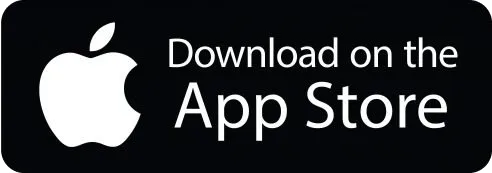The average interest rate on private student loans with a 10-year fixed rate increased last week. In general, interest rates are still quite low, which makes private student loans a desirable choice for those trying to bridge a financial gap for education.
For borrowers who prequalified on Credible.com’s student loan marketplace and had a credit score of 720 or above, the average fixed interest rate for a 10-year private student loan was 7.62% between July 15 and July 20. According to Credible.com, the average interest rate for the same population on a five-year variable-rate loan was 11.74%.
The dates shown here are for July 22, 2024.
Are You Looking For Private Student Loans?

- Est APR = 4.89-9.04%
- MIn Credit Score = 680
- No fees.
4
editorial team. We score based on factors
that are helpful for consumers, such as
how it affects credit scores, the rates and
fees charged, the customer experience,
and responsible lending practices.
Fixed-Rate Loans
Last week, the average fixed rate on 10-year loans increased to 7.62%, an increase of 0.33%. The average for the previous week was 7.29%.
The rate that borrowers who are currently shopping for a private student loan will be higher than it was this time last year. The average fixed rate for a 10-year loan at this time last year was 7.56%, which is 0.06% less than the rate at this time.
The student loan calculator on Cashably estimates that a borrower financing $20,000 in private student loans at the average fixed rate of today would pay about $239 per month and about $8,639 in total interest over a ten-year period.
Related: Best Student Loan Lenders of 2024
Variable-Rate Rates
Last week, there was a 0.80% increase in the average rate for five-year variable student loans. It is currently 11.74%.
Variable interest rates change during the course of a loan term, in contrast to fixed rates. Particularly at times of general low interest rates, variable rates may begin lower than fixed rates but may eventually increase.
A $20,000 loan with a five-year term and a variable interest rate of 11.74% would cost you, on average, $442 a month. Over the course of the loan, you would pay about $6,536 in interest. The interest rate may, of course, change from month to month given that it is variable.
Borrowers who use private lenders frequently have the choice between fixed and variable interest rates. For the average student, fixed rates might be the safer option, but if your income is steady and you want to pay off your loan fast, you might want to consider a variable loan.
Related: Private Student Loans Of July 2024
How To Compare Private Student Loans
Examine the whole cost of the loan first. Take fees and interest rates into account. Examine each lender’s assistance programs as well in case you can’t make your payments.
Remember that only people with good or exceptional credit are eligible for the greatest prices.
Generally speaking, experts advise borrowing no more than what you will make in your first year following graduation from college. Certain lenders place an annual limit on the amount you can borrow, but others don’t. Consider the costs and the manner of disbursement of the loan while comparing them.
How to Apply for a Loan for Private Study
Consider a federal student loan as your first choice before looking at a private one. Federal student loans often have cheaper interest rates. Additionally, federal student loans typically offer significantly more favorable choices for repayment and forgiveness. However, private student loans can be an excellent option if you’re not eligible for federal student loans or if you’ve reached the borrowing restrictions.
You must often apply directly via a non-federal lender in order to be eligible for a private student loan. Private student loans are offered by banks, credit unions, and internet companies. Loans are also provided by institutions, governmental agencies, and nonprofit groups.
If you have limited credit history, as many undergraduates do, you will require an appropriate co-signer.
When applying for a private student loan, remember the following:
- Your qualifications: Private student loans are credit-based. Lenders often prefer credit scores in the high 600s. This is where having a co-signer can be really beneficial.
- Where to apply: You can apply via the lender’s website, mail, or phone.
- Your alternatives: Examine each lender’s options, including the interest rate, term, projected monthly payment, origination fee, and late fee. Also, check to see if the lender offers a co-signer release, which allows the co-borrower to finally get out of debt.
Related: Navient is Quietly Offering Private Student Loan Forgiveness
The Rate You Will Receive
Lenders of private student loans typically provide both fixed and variable interest rates. These interest rates are partially determined by your creditworthiness. In general, higher credit scores result in lower interest rates. However, your credit history, salary, degree program, and employment can all influence the interest rate you receive.







One Response